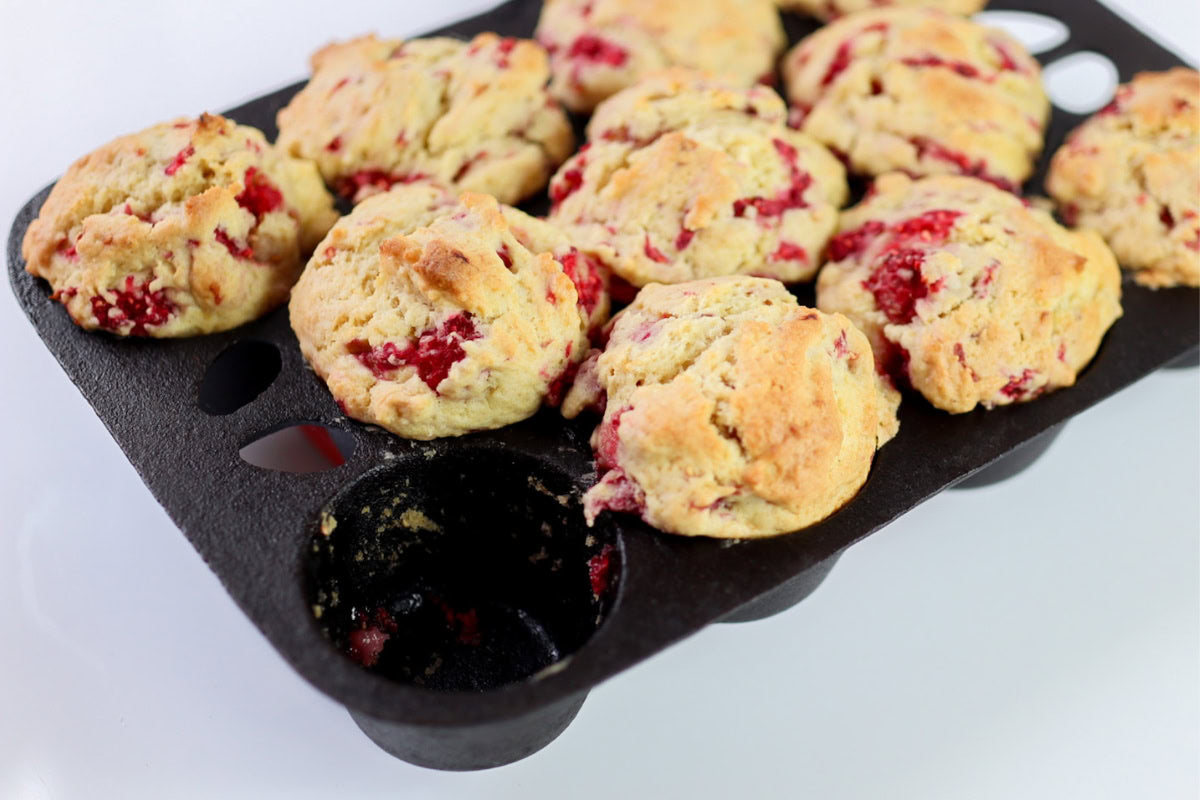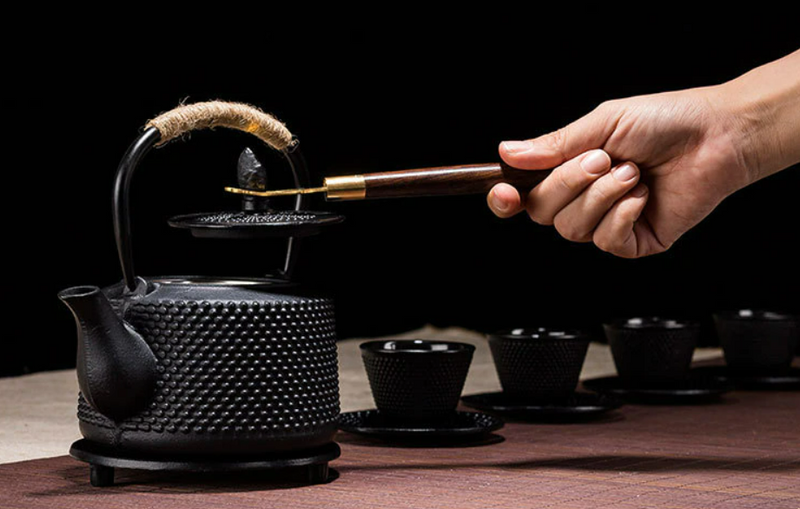The Importance of Oiling Your Cast Iron Muffin Pan
Baking with a cast iron muffin pan often raises an important question: Should you oil it before every use? While this might seem like an easy answer, it actually requires a deeper dive into the special characteristics of cast iron. For culinary enthusiasts, keeping your tools in top shape is crucial for achieving consistent, delicious results.
The cast iron muffin pan is renowned for its ability to evenly distribute heat, which leads to perfect baked muffins every time. This performance, however, hinges on how well you maintain it, including whether you oil it or not.

Understanding Cast Iron: The Case for Oiling
To truly appreciate the significance of oiling, it's vital to grasp the science behind cast iron. Being a porous material, cast iron can absorb oils and fats, forming a natural non-stick layer called 'seasoning.' This coating not only boosts the non-stick features of the pan but also serves as a protective barrier against rust.
When working with a cast iron muffin pan, consider oiling with every use. Although the seasoning does provide some non-stick qualities, applying a light coat of oil prior to baking can enhance this effect, allowing your muffins to come out cleanly without sticking. This is especially important for recipes that are high in sugar or contain sticky components.
Proper Oiling Techniques for Your Cast Iron Muffin Pan
Now that we've established the need for oiling, let's discuss how to do it effectively. Start by choosing the right type of oil. Oils with high smoke points, such as canola or vegetable oil, are typically the best choices. Steer clear of butter, as its lower smoke point can lead to burning and sticking.
To oil your cast iron muffin pan, pour a small amount of oil onto a clean cloth or paper towel. Gently rub the oil over all surfaces of the pan, ensuring every nook and crannyincluding the wells and edgesis well-covered. Wipe off any excess oil to avoid pooling, which could cause uneven baking.
If you want more tips on maintaining your cast iron cookware, check out best recipes that showcase the unique qualities of these pans. This resource provides insightful information on using and caring for your favorite cast iron items.
Avoiding Common Pitfalls
While oiling is a necessity, there are missteps you should be cautious of. One common error is using too much oil, which can create a sticky mess that's tough to clean up. Always aim for a thin, even coating.
Another mistake to avoid is failing to dry the pan thoroughly after washing. Any leftover moisture can lead to rust, undermining the seasoning and deteriorating the pan's quality. Always ensure your pan is completely dry before storing or applying oil.

Are There Alternatives to Oiling?
Some might wonder if there are substitutes for oiling a cast iron muffin pan. While options like silicone liners or parchment paper exist, they dont contribute to the seasoning process and may not replicate the same heat distribution and flavor as a well-oiled cast iron surface.
If youre interested in exploring various muffin pan options, new vs vintage might provide additional insights that cater to your baking preferences.
FAQs
Do I need to oil my cast iron muffin pan every time?
Yes, it is advisable to oil your cast iron muffin pan before each use to ensure optimal non-stick performance and preserve its seasoning.
Which oil is best for seasoning cast iron?
Oils with high smoke points, such as canola or vegetable oil, are ideal for seasoning and maintaining cast iron muffin pans.
Can I use butter instead of oil for my cast iron muffin pan?
It's best to avoid butter due to its low smoke point, which can cause sticking and burning during the baking process.
For adventurous bakers looking to try something new, dessert ideas might ignite some creativity in your next baking outing.
This article contains affiliate links. We may earn a commission at no extra cost to you.






Leave a comment
This site is protected by hCaptcha and the hCaptcha Privacy Policy and Terms of Service apply.